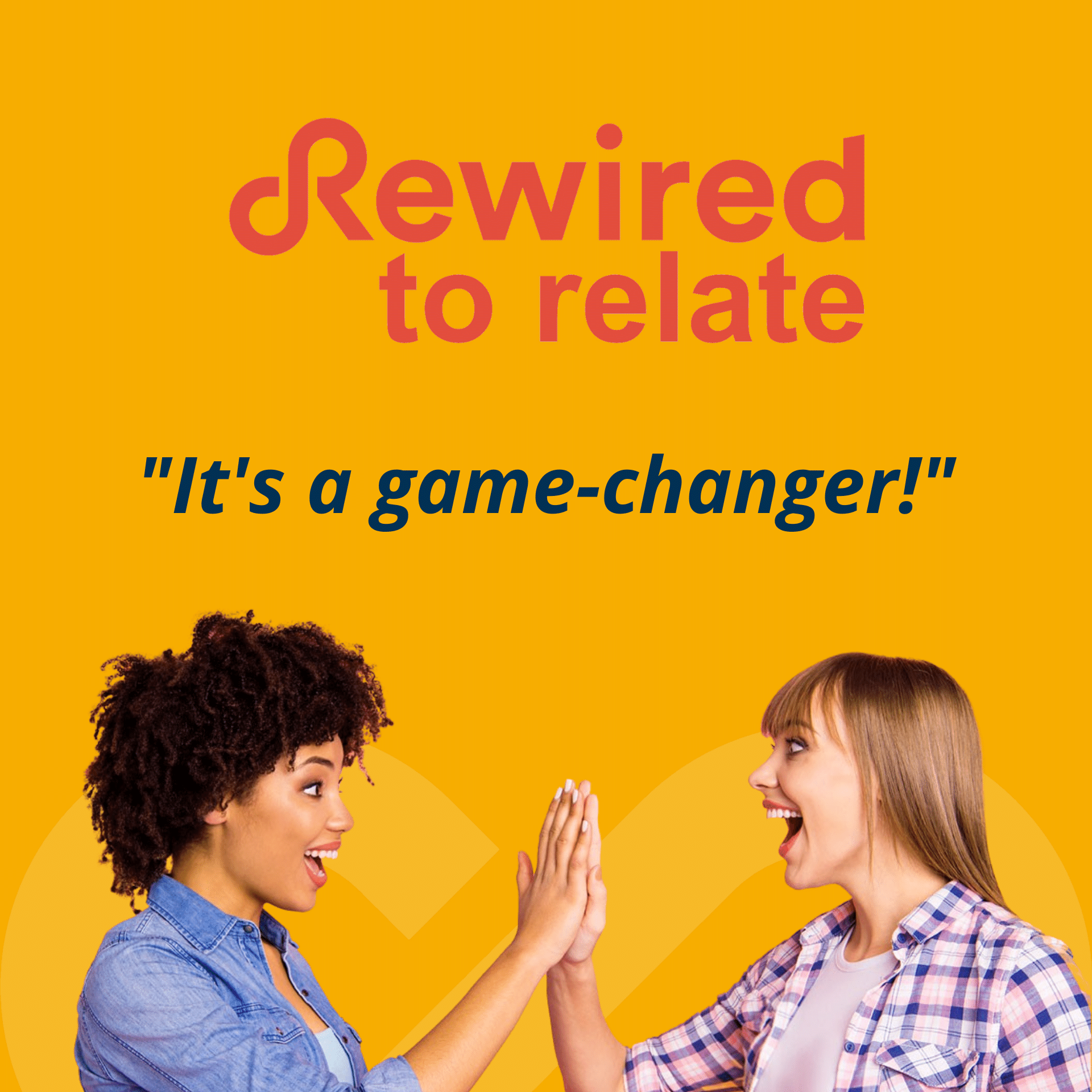
How do we create more collaboration?
Whenever we encounter someone new, the brain tries to decide if this person is a ‘friend’ or a ‘foe’:
Is this someone I will like, who might be helpful, or might this person harm me in some way?
The answer to this question is a snap decision in the moment, which is natural, automatic, and part of our brains’ programming. Making this distinction is deemed as essential for our survival.
The brain is tilted towards safety and self-preservation, so our pre-programming will often provide a ‘foe’ response, even when the person might be completely harmless.
The opposite is true too of course – think of all the people who have trusted others when they shouldn’t have. Scammers know how to get us to believe they are a friend when in fact they do not have friendly intentions.
These quick judgements of course are made according to our unconscious biases.
How does this happen?
There are several factors that contribute – all coming from the brain trying to do us a favour by being efficient.
- We tend to like people who are like us – who look like us, act like us, are from the same place, are educated similarly etc. This of course is a type of unconscious bias. The brain is more likely to give you a ‘friend’ signal when you meet someone who seems familiar. And signal ‘foe’ when the person seems less familiar.
- The brain is always comparing – someone new who reminds you of someone else may be labelled as you label the person from your past. For example, if you had a mean cousin and you meet someone who reminds you of your cousin, your brain will tell you to be cautious with this new person.
- Various traits get mixed together: this means that “good looking” or beautiful people will be more often unconsciously regarded as “good” and trustworthy.
- When people who smile and lean in and listen to you, you more often get a “friend” signal.
- When disingenuous people tell you what they know you want to hear – you automatically think ‘I trust this person’.
The brain’s friend or foe assessment can be overridden of course, but that takes consciousness and a bit of brainpower to do that. If we are not conscious about it, we will just go with the brain’s first kneejerk (and not necessarily correct) assessment.
What can we do about this?
You might find it enlightening to consider your habits around this. In these times when there is more and more angst and stress between people, paying attention to this brain process and moderating it as needed, may be really helpful.
- How do you tend to see others when you first meet them?
- Who are the people you label as ‘friend’? And who gets labelled as ‘foe’?
- How accurate have your brain’s quick judgements been? Do you tend to trust people when you shouldn’t? Do you tend to overlook people who could be interesting to connect with?
Try catching yourself in the moment as that snap decision is made about someone new. Take a short moment to consciously consider how to respond, rather than letting your brain drive an automatic friend or foe decision.
Leaders
All of this is going on not just for you, but between your people.
If you want a culture of belonging, and to create trust between team members, you will need to help them recognise their automatic friend or foe responses and to choose to consciously connect, relate to and work in harmony with others.
Rewired to Relate

For a deeper understanding of how to create more collaboration in your teams, consider training and coaching them.
Rewired to Relate is a good place to start.
what is Rewired to Relate?